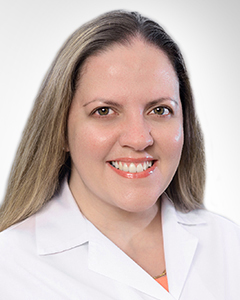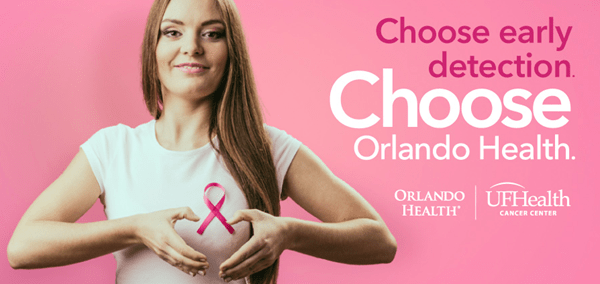Study Highlights Age When Breast Cancer Risk May Be Greatest For BRCA1 and BRCA2 Carriers
Women with inherited genetic mutations make up between 5 to 10 percent of all breast cancer cases diagnosed in the country.
All this point, you’ve probably read or heard about the role BRCA1 and BRCA2 genes play in breast cancer risk, but we know far less about what age a woman with these genetic mutations is most at risk for developing breast cancer.
But one recent study has sought to answer that question — or at the very least, give us more insight that can help women who have this history.
Understanding Genetic Risk Factors for Breast Cancer
In the study, published in the Journal of the American Medical Association (JAMA), researchers followed 9,856 women who carried mutations of the BRCA1 and BRCA2 genes. Of the study participants, 4,810 women had previously had breast or ovarian cancer, while 5,046 women never had cancer.
Researchers tracked the women for five years and found 426 of them were diagnosed with breast cancer, 109 with ovarian cancer and 245 with breast cancer in the opposite breast. Based on the study’s results, researchers believe women with the BRCA1 genetic mutation are at the highest risk of developing breast cancer in their 40s. For women with BRCA2 mutation, the risk is highest in their 50s.
About 72 percent of women who have the BRCA1 gene mutation will develop breast cancer by age 80 and 44 percent of these women will develop ovarian cancer, the study’s researchers estimate. Sixty-nine percent of women with the BRCA2 gene mutation will develop breast cancer and 17 percent will develop ovarian cancer by age 80. The study also found that the risk of developing breast cancer in the opposite breast was 41 percent for BRCA1 mutation carriers and 21 percent for BRCA2 carriers over a 20-year period.
Breast cancer risk in women with these genetic mutations rose significantly in early adulthood until 30 to 40 years old in BRCA1 carriers and until 40 to 50 years old in BRCA2 carriers, leveling off and remaining at a similar incidence until these women reached 80 years old.
Aside from these genetic mutations, family history also was a significant risk factor for the development of breast cancer in these women, according to the study’s researchers.
The study potentially provides a better view into when a woman with either the BRCA1 or BRCA2 mutation has a greater risk of developing breast cancer. Though there’s a relatively large body of research on this topic, most of the existing studies aren’t as accurate in assessing breast cancer risk or identifying the age at which a woman has a higher risk of the disease. This doesn’t give women who have a genetic history the best information to make an informed decision about their care, but this study — and others like it that may follow — could change this.
I’d urge all women who have a family history of breast cancer to consider genetic counseling, which involves providing a blood sample to help us identify genetic abnormalities that potentially could increase your risk. Having this information will allow you to take preventative steps that may reduce your breast cancer and ovarian cancer risk, including deciding whether a mastectomy or hysterectomy is right for you.
More than 22,000 women will be diagnosed this year with ovarian cancer and more than 252,000 will be diagnosed with invasive breast cancer, so research like the recent JAMA study may help us save more lives. If we can more clearly understand the age at which women with genetic mutations are most likely to get breast or ovarian cancer, we can intervene earlier and help them take preventative steps to reduce their risk. More research will need to be done to help us move in this direction, but this study is a good first step.
For more information on genetic counseling and to learn more about the Cancer Genetics Center at Orlando Health, please visit: http://www.orlandohealthcancer.com/centers/breast-care-center/multidisciplinary-resources/cancer-genetics-center.
Reduce Your Risk of Breast Cancer
Breast cancer is the second most common type of cancer among women in the United States. However, with early diagnosis, breast cancer has a relative survival rate of better than 90 percent. Monthly self breast exams can help you be familiar with how your breasts normally look and feel.
Download a self-examination guide here







